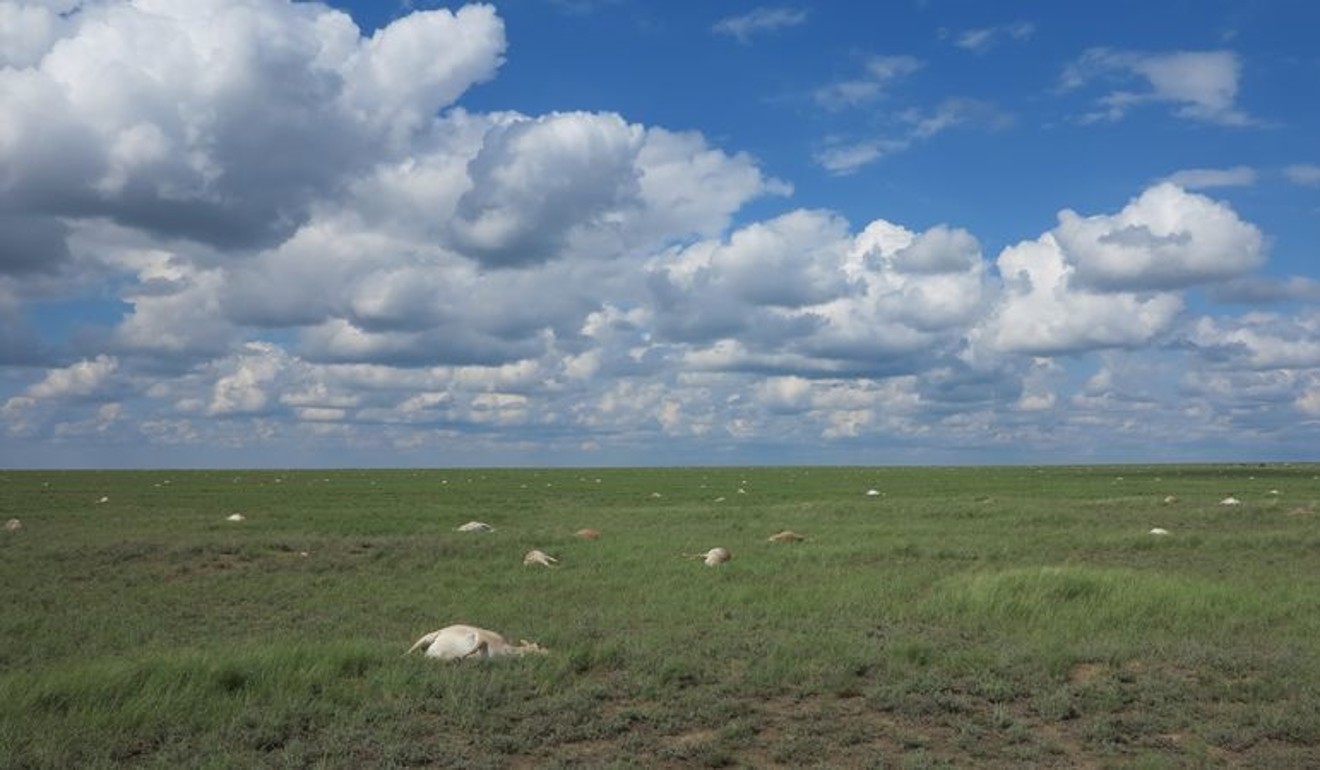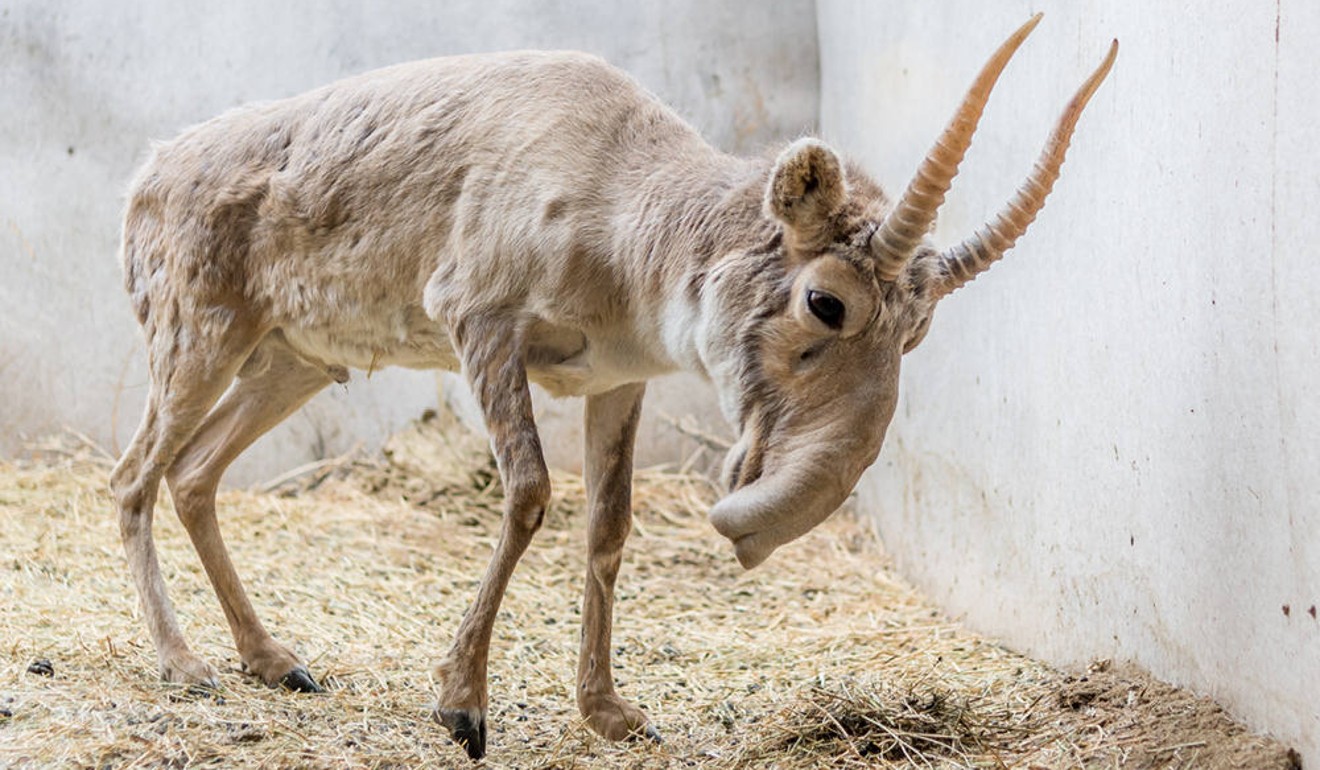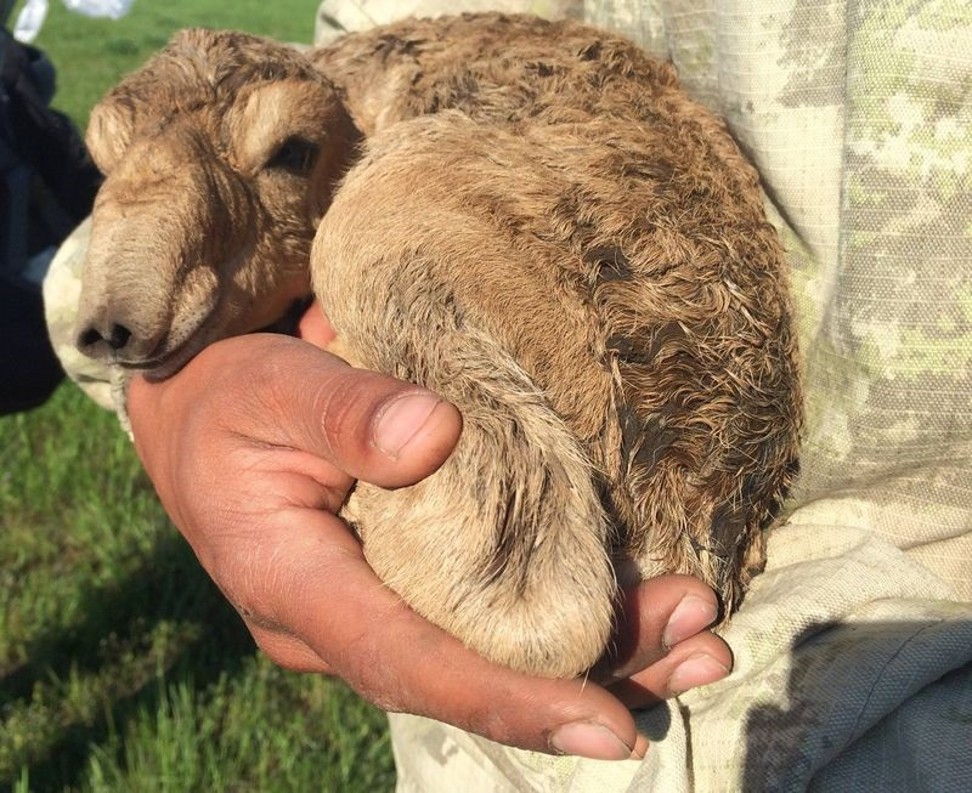
How a warm-weather plague wiped out 60 per cent of the world’s saiga antelopes in three weeks
Scientists say a period of unusually warm and humid weather turned a normally benign microbe into an unstoppable killer that left fields strewn with dead and dying antelopes. In less than a month, 200,000 perished
It took just three weeks to destroy 60 per cent of the world’s saiga population.

“It was quite shocking,” said Richard Kock, a professor of wildlife health and emerging disease at the Royal Veterinary College in London. Kock has studied mass mortality events for more than 30 years, but what happened to the saiga was unprecedented, he said. It was also mystifying: Pasteurella multicoda, the bacterium responsible for the die-off, normally dwells unnoticed in saigas’ respiratory tract. What could have triggered the microbe to become suddenly, simultaneously deadly in 200,000 animals scattered across 170,000 sq km of habitat?

“The animals were in a sort of foggy soup, and it looks like that bacteria naturally occupying the tonsils were woken up by this environmental factor,” Kock said.
Tracing the saigas’ killer was no easy task. Their habitat is so remote, and the disease so swift, it was impossible to capture a healthy member of an infected herd for comparison. Instead, the researchers from Europe and Kazakhstan tracked the ailing animals up to 1.5km a day, performing examinations of diseased and deceased individuals where they fell. The only known survivors were in small herds far from the main group, difficult to pin down amid the vast landscape.

Yet only three variables showed a strong relationship with the 2015 die-off and similar events in 1988 and 1981: average maximum daily relative humidity, average minimum daily temperature and average maximum daily dew-point temperature.
The scientists are still sorting out the mechanism by which these weather fluctuations changed the behaviour of the bacterium. They are also quick to point out that a connection to weather doesn’t mean the die-off can be blamed on climate change.
But climate change is expected to alter the weather in the saigas’ native habitat in ways that could make them more vulnerable to outbreaks like the one in 2015. In the past 15 years, scientists have recorded a 10-degree increase in central Kazakhstan’s median May temperatures, Kock said – exactly the time of year when the animals gather for spring calving.
“We know the trends are moving in that direction,” he said. “It’s pretty likely that we’ll get other events like this again.”
Conservationists would be powerless to stop such an outbreak; there is no way to give so many saiga a vaccine for haemorrhagic septicaemia, the disease caused by P. multicoda. Figuring out what happened in Kazakhstan could help researchers understand and predict other die-offs, however.
“Animals and their microbiomes have evolved within certain limits over millions of years, and now suddenly … we are shifting the environmental conditions rapidly outside that envelope,” Kock said. As he and his colleagues hypothesise, “you’ve now got bacteria responding quite quickly, while the host doesn’t have the capacity to change. If the immune system doesn’t adapt to that quicker change in behaviour of the pathogen, that’s how the balance is lost.”
The ramifications could be severe. “If this starts happening on a wider scale,” Kock continued, “it’s potentially catastrophic for livestock, for conservation, and ultimately for all mammals.”

